'In over our heads.' KY animal shelters face storm of overcrowding, underfunding
Published in Cats & Dogs News
LEXINGTON, Ky. -- Debby, Fiona, and Chloe were so happy to be around Kiara Tuggle, she could hardly get anything done.
They frolicked, rolled around, pounded on toys and jumped up Tuggle’s small frame. So, of course, she had to stop cleaning out kennels and tell them how beautiful they were.
The three 6-month-old, mixed-breed puppies had just arrived at Paws 4 the Cause, a rescue operation on Newtown Pike in Lexington. They’d come all the way from the Estill County Animal Shelter, where they had been squeezed in with 90 dogs in a space that should hold 35, said Anita Spreitzer, the Paws general manager.
“When we first got them here, they were so upset,” Spreitzer said. “They come in broken and defeated, and when they get here, they just blossom into someone’s pet.”
The eight dogs now at Paws were spayed and neutered, so they would be eligible for fostering and adoption.
The Estill animal shelter is “reorganizing,” according to its Facebook post, after losing the shelter director. But that kind of overcrowding is hardly an isolated situation. At county animal shelters all over Kentucky, crowding is the norm. And that spills into crowding at the many rescue organizations that support them.
In Pike County, for example, Judge Executive Ray Jones said his county shelter has 57 dogs in 49 kennels, and thanks to their no-kill policy, it’s like that all the time. Out-of-state rescue organizations sometimes take dogs to be adopted in other states, but they’re overrun, too.
“Quite candidly, with all the other problems we’ve had, we’re over our heads at the shelter,” Jones said. “There are only so many resources rural counties can commit to animal control programs. People are more important than animals, but animals are important, too. Plus, there’s a public safety issue.”
For example, on Sept. 2, a woman in Knox County was killed by a pack of feral dogs, police said. The case is still under investigation.
A host of factors have brought us to this point, said Todd Blevins, Kentucky director of the Humane World for Animals, formerly the Humane Society of the United States.
“It’s for all the reasons,” Blevins said. “A lack of pet-inclusive housing, a lack of affordable vet care, the rising cost of caring for a pet in general with inflation. What you’re seeing is higher intakes, fewer adoptions and that makes it harder on shelters.
“It’s a huge story. It’s all interconnected, but when you zoom out, one policy reform won’t take care of it.”
An interconnected problem
Blevins has a well-rehearsed list at his fingertips to explain the crisis.
1. There aren’t enough vets.
There’s a national shortage of veterinarians, and in rural areas it’s particularly dire.
A map from the Veterinary Care Accessibility Project shows a numerical ranking for each county based on access to not just affordable vet care, but any vet care.
“Martin County, for instance, has a score of 4 out of 100, largely because there isn’t a single vet in the entire county (same goes for Wolfe County). And McCreary County has a score of 1,” Blevins said.
The General Assembly tried to address part of the problem in 2024 with House Bill 553, the Kentucky Rural Veterinary Medicine Student Loan Repayment Program. It makes loan repayment available to eligible veterinarians who practice in designated underserved rural areas for five consecutive years. But that still doesn’t fill the need.
Plus, veterinary care is expensive for people already suffering in today’s economy.
2. Kentucky has a housing crisis, and that doesn’t help pets. According to the 2024 Hill’s State of Pet Adoption Report, people making less than $50K/year are significantly more likely to have experienced at least one pet-related housing restriction.
In addition, most homeless shelters don’t take pets, leaving an anguishing decision for pet owners looking for shelter.
3. Not enough pets are getting spayed and neutered.
According to the 2024 Shelter Animal Count, the percentage of dogs already spayed or neutered has decreased 10.9% since 2019. This is related to, you guessed it, the costs of veterinary care.
Kentucky doesn’t have laws regarding spaying and neutering animals. Shelters can make adopters sign an agreement to do so, but it’s not binding.
Or shelters can do the work of spaying and neutering themselves, but that adds significant costs to already strained budgets.
Whether rural or urban, shelters face the same problems
Despite being in more densely populated Fayette County, the Lexington Humane Society has seen some of the same problems as rural areas.
President Summer Jackson said the nonprofit — which works as a partner with the Fayette County Animal Control program — is just now coming out of what she called the “Big Dog Crisis.”
“We were being overrun with big dogs,” she said. “Folks who got a puppy during COVID came out of it with a big dog and everything that comes with that. The lack of affordable housing, the lack of access to affordable vet care, coupled with life in general being hard for people. We see the influx of folks facing horrible decisions to give up their pets.”
Because of overcrowding, Jackson said, they’ve tried to expand their foster care program to open up space.
“The best humane society is supported by a humane community, so donating, adopting, volunteering and engaging with us is what I would encourage everyone to do,” she said. “Connect with your local shelter and volunteer, donate, and support to care.”
Jackson said the Humane Society is “100 percent” successful because of the support of a large urban community.
But shelters in rural areas, where people face so many struggles, suffer from underfunding, and sometimes downright neglect.
The Kentucky State Police are now investigating the Rockcastle Animal Shelter because of reports of animal abuse and neglect, including the deaths of puppies with parvo, a largely preventable but dangerous canine disease.
Paws’ Spreitzer thinks the legislature needs to give more dedicated resources to county governments for shelters, because they are “run on a shoestring. We need to make money for those counties to do the right thing.”
Her group just used donations to expand their space, adding several exam rooms, and a surgery to perform low-cost spaying and neutering, along with low-cost vet care.
Laws also need to change. Many advocates say Kentucky’s abuse and neglect laws need more teeth, not least because of the strong relationship between animal abuse and child abuse.
In the last legislative session, Rep. Susan Witten worked with Kentucky Youth Advocates to mandate that animal control officers receive training on recognizing child abuse. It was named Kyan’s Law, in honor of a child killed by his mother, whose house had been visited 24 times by animal control officers in the 18 months before his death.
It never got a vote in the full House.
In 2024, legislators did strengthen the penalties for animal torture to a felony, thanks to Ethan’s Law, named in honor of a dog who had been tortured. But this is a state that only outlawed bestiality in 2019.
At least 32 other states have mandatory spay and neuter rules.
Last year, the Animal Legal Defense Fund ranked Kentucky 46th in the nation for animal welfare, citing several reasons, including that vets and social workers are not required to report suspected animal abuse.
What if we helped people before they have to surrender their pets?
Tonya Conn is the face of an innovative approach to animal welfare.
She is working on a pilot program called Pets for Life, funded through the Kentucky Humane Society and Humane World for Animals, aimed at helping people before they are forced to give up their pets.
Conn serves six zip codes in Floyd County, the region known as Left Beaver. Two or three days a week, she drives the back roads, and when she sees homes that obviously have pets, she stops, knocks on the door and asks the owners what they might need.
“I say, ‘I’d like to know what I can do to make your pet healthy,’” she said. “I carry dog food, topical flea and tick supplies. I ask them if they’re interested in spaying or neutering.”
Pets for Life works with a private vet — Dr. Shawn Tussey of Beaver Creek Veterinary Clinic — who gives them 30 slots a month for spay/neuter or vaccines and other medical care.
Organizers hope to expand the program statewide.
Conn said she recently helped a mother with foster kids get control of a colony of feral cats that lived around her house. One by one, Conn helped get the cats spayed or neutered, and their ears clipped, so they knew which ones had been altered. The colony stopped growing.
“It takes a village,” Conn said, “and when you work together and stand for the same thing, you see change happen.”
©2025 Lexington Herald-Leader. Visit kentucky.com. Distributed by Tribune Content Agency, LLC. ©2025 Lexington Herald-Leader. Visit at kentucky.com. Distributed by Tribune Content Agency, LLC.
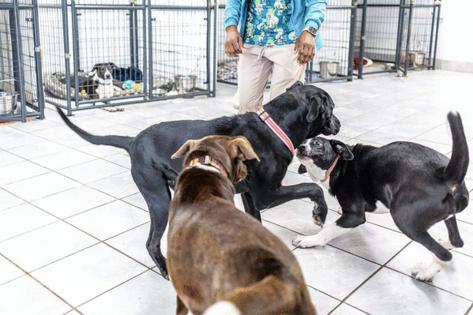
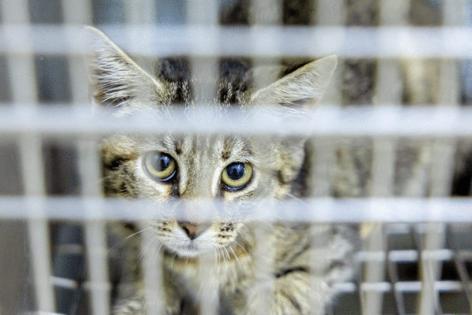
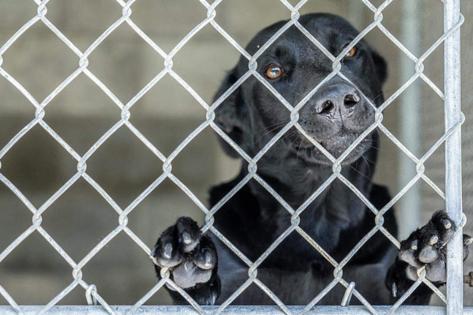
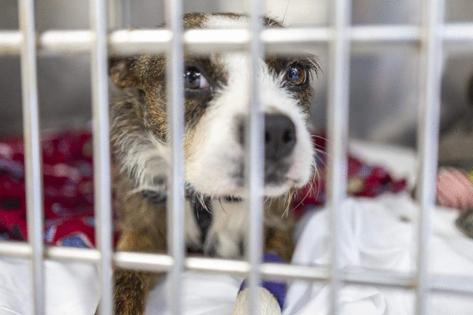
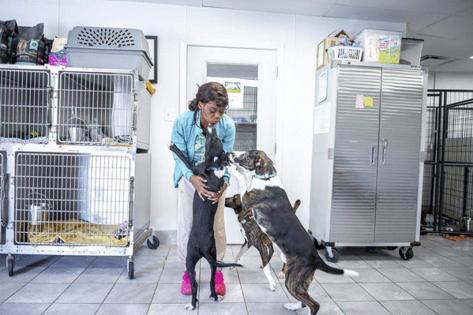





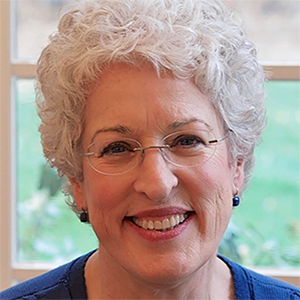







Comments